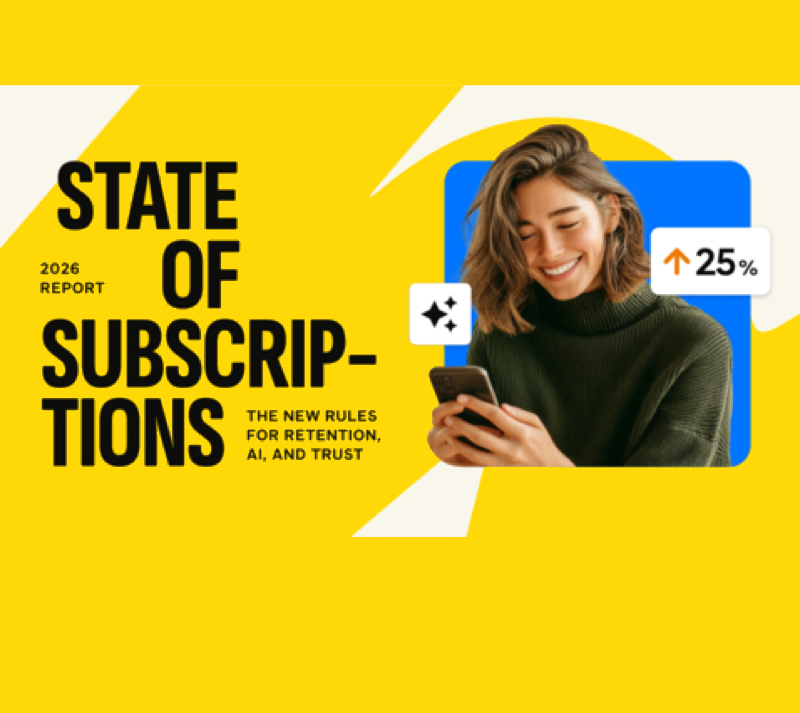
Five on Friday: Marketing, Mobile Ad-Blocking and Mobile Ad Spending
Source: Bigstock
To help you figure out what you need to know to succeed in the subscription world, we've got some great tips and insights for you. In this week's Five on Friday, Insead offers advice on how to thrive in the subscription economy, Forbes shares a marketing technology cheat sheet, Marketing Tech News gives its take on the state of mobile ad-blocking, Editor & Publisher explains seven ways to make digital audiences pay for news, and Tubefilter and Recode offer insights from a mobi...
HELLO!
This premium article is exclusively reserved for Subscription Insider PRO members.
Want access to premium member-only content like this article? Plus, conference discounts and other benefits? We deliver the information you need, for improved decision-making, skills, and subscription business profitability. Check out these membership options!
Learn more about Subscription Insider PRO memberships!
Already a Subscription Insider PRO Member?
Please Log-In Here!









